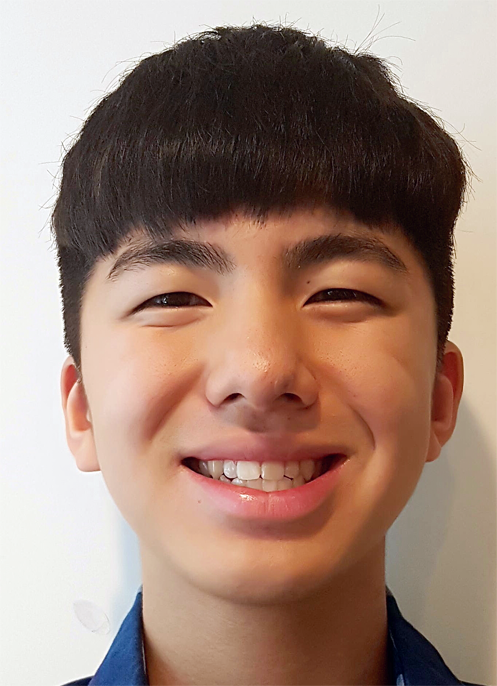On July 25, 2016, researchers of Project MinE—an initiative launched back in 2014 by the ALS Association—announced their discovery of the NEK1 gene. NEK1 is present in both inherited and sporadic forms of Amyotrophic Lateral Sclerosis, a neurodegenerative disease more commonly known as ALS. Upon disclosure of the fact that Project MinE was funded by the ALS Ice Bucket Challenge, remnants of a once-heated debate surrounding the challenge were brought back into public memory. While proponents of the challenge had lauded its benefits, naysayers had criticized it as a shallow social media stunt.
The Ice Bucket Challenge was designed to raise awareness for ALS and help raise funds to fight it. It began in the summer of 2014, when golfer Chris Kennedy poured a bucket of ice water over his head for his cousin’s husband who had been suffering from ALS for 11 years. He then challenged his cousin to do the same. She posted a video of her challenge on social media, it spread to the rest of the people living in her town, and the rest is history. Videos of ordinary people, celebrities, and political figures pouring buckets of ice water over their heads went viral on the internet.
In spite of the huge social uproar that the challenge brought about, many were quick to blast the challenge as being “wasteful” and “ill-informed.” Slate wrote that the charity part of the challenge “remain[ed] a postscript,” while TIME Magazine called the challenge “problematic in almost every way.” Critics pointed out that many who participated in the challenge simply wanted to draw attention by participating in a social media stunt. The word “slacktivism”—a combination of the words “slack” and “activism”—was often used to describe the superficiality of the challenge.

However, the ALS Association received a total of $115 million in donations in just eight weeks as a result of the challenge. $77 million went on to fund new research initiatives, one of which was Project MinE. Project MinE’s discovery of NEK1 opens up new ways for researchers to develop treatments for the ALS. It also affords hopeful prospects for the future of gene therapy as a whole. Brian Frederick, vice-president of communications and development at the ALS Association, states that the discovery shows “everyone who contributed to the ice bucket challenge that their donation had an impact on the research.”
To some, the campaign lacked substance. It wasn’t very serious or informative. In fact, many people who participated in the challenge didn’t even know what ALS stood for. Yet this new discovery shows that “slacktivism,” to a certain extent, works. “The Ice Bucket Challenge was instrumental in [us collaborating] with U.S. researchers and discovering [the NEK1] gene,” says Bernard Muller, co-founder of Project MinE and an ALS patient himself. As the world revels in the implications of this groundbreaking research, perhaps the criticism that has been leveled against the challenge can be put to rest. “Slacktivism” may not have been enough to find a cure for ALS, but it has definitely brought humanity a step closer to achieving this goal.

Andrew Chung
Seoul Foreign School 11th grade

